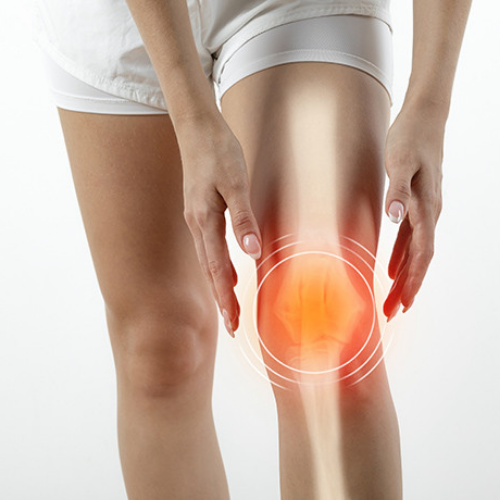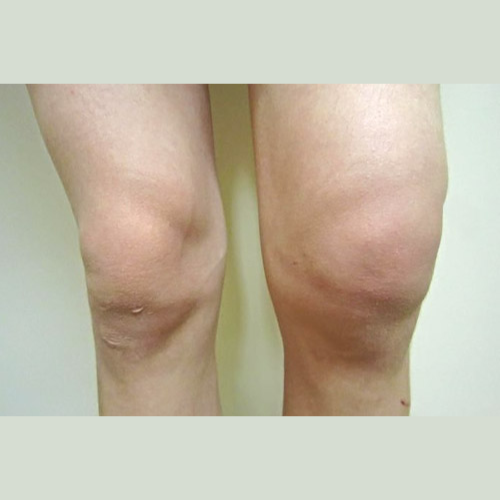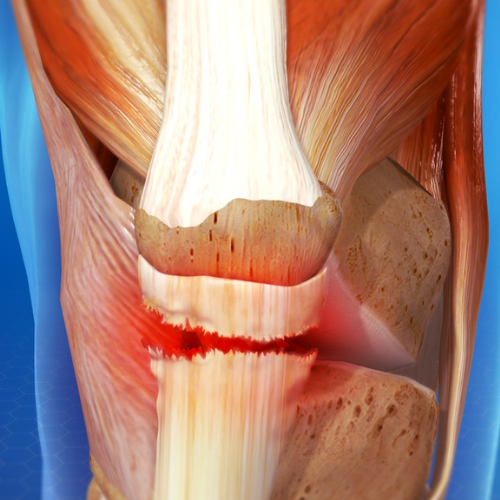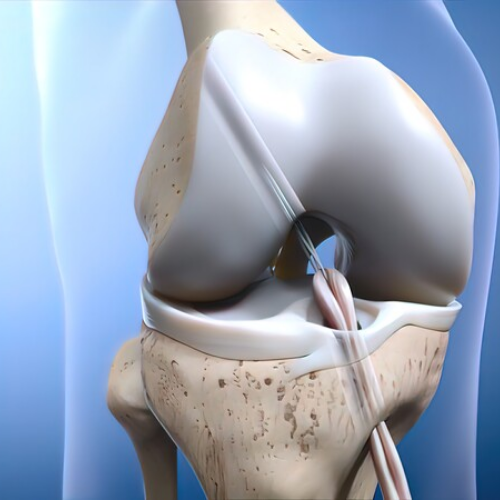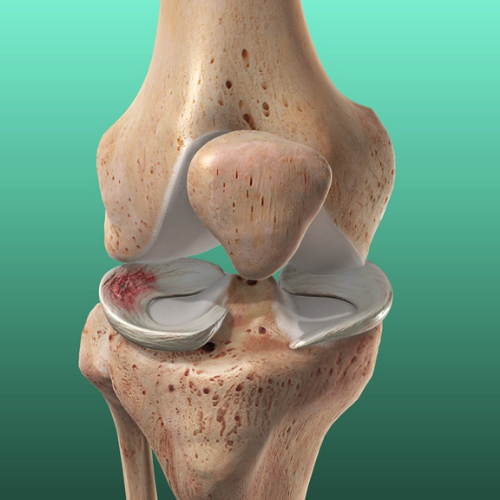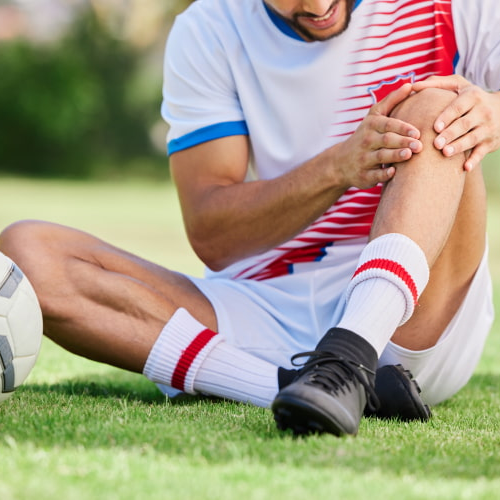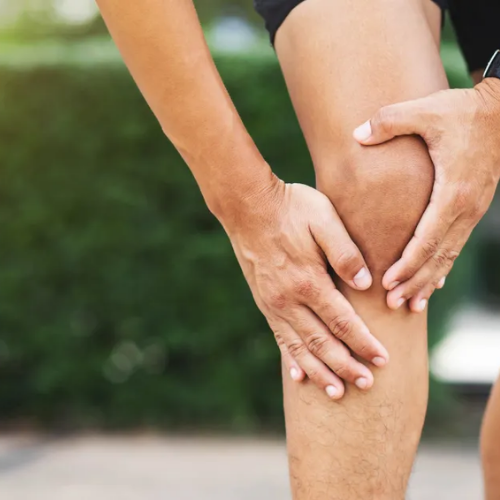Working Time
Book Appointment
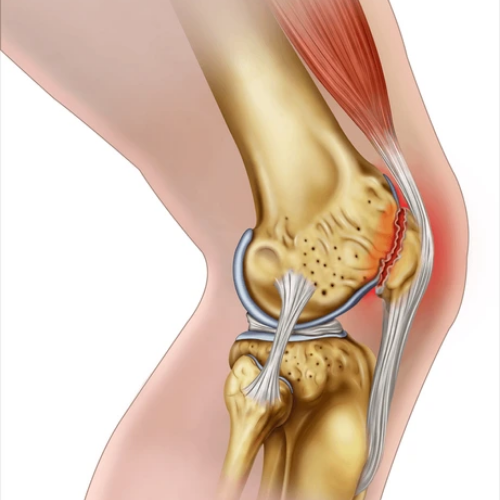
CHONDROMALACIA PATELLA also known as patellofemoral pain syndrome, is a condition characterised by the softening and degeneration of the cartilage on the underside of the patella (kneecap). This condition often leads to pain and discomfort in the front of the knee, particularly with activities such as kneeling, squatting, or climbing stairs.
Symptoms of chondromalacia patellae may include:
· Anterior knee pain, especially with activities that involve bending the knee, such as running, jumping, or sitting for prolonged periods.
· A grinding or popping sensation in the knee joint, particularly with movement.
· Swelling or inflammation around the patella.
· Stiffness or difficulty fully straightening the knee.
Treatment and management strategies for chondromalacia patellae typically include:
Rest and Activity Modification: Avoid activities that exacerbate knee pain, such as high-impact exercises or activities that involve repetitive bending of the knee. Engage in low-impact activities like swimming or cycling instead.
Physical Therapy: A structured physical therapy program focusing on strengthening the quadriceps, hamstrings, and hip muscles can help improve knee alignment and stability. Therapists may also use modalities like ultrasound or electrical stimulation to reduce pain and inflammation.
Pain Management: Over-the-counter nonsteroidal anti-inflammatory drugs (NSAIDs) or pain relievers may help Dr. Tushar's clinic pain and reduce inflammation associated with chondromalacia patellae. Consult a healthcare professional before starting any medication regimen.
Regenerative therapy/PRP therapy: PRP injection involves using platelet-rich plasma, which is derived from the patient's own blood and contains concentrated growth factors. This therapy aims to stimulate tissue repair and regeneration in the damaged cartilage beneath the kneecap. The procedure typically begins with proper diagnosis through clinical examination and imaging studies. Once deemed appropriate, PRP is prepared by isolating plasma with a high concentration of platelets. The injection is then administered directly into the affected area of the knee joint, often guided by ultrasound or fluoroscopy to ensure precise placement. PRP therapy promotes healing, reduces inflammation, and aims to alleviate pain associated with chondromalacia patellae. Following the injection, patients may undergo post-injection care and rehabilitation exercises to optimise the outcomes.
Surgical Intervention (In Severe Cases): In rare cases where conservative treatments fail to provide relief, surgical options such as arthroscopic surgery or realignment procedures may be considered.
It's essential to work closely with a healthcare professional to develop a personalised treatment plan for chondromalacia patellae based on your specific symptoms, functional limitations, and underlying biomechanical factors. Early intervention and comprehensive management can help Dr. Tushar's clinic symptoms and prevent long-term complications.
Consultation with Dr. Tushar Seek evaluation and guidance from Dr. Tushar, an orthopaedic specialist experienced in treating knee conditions. Dr. Tushar can provide personalised recommendations and treatment options based on your specific needs and medical history.

